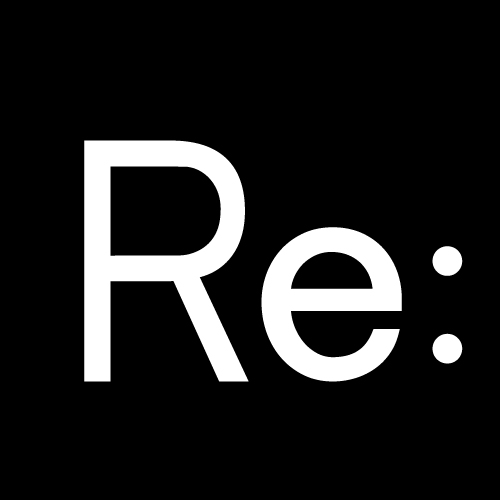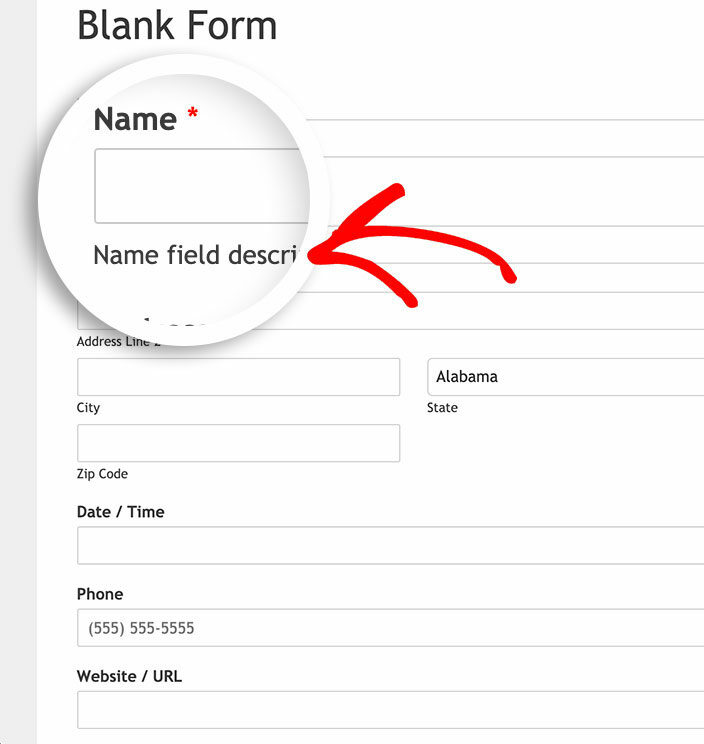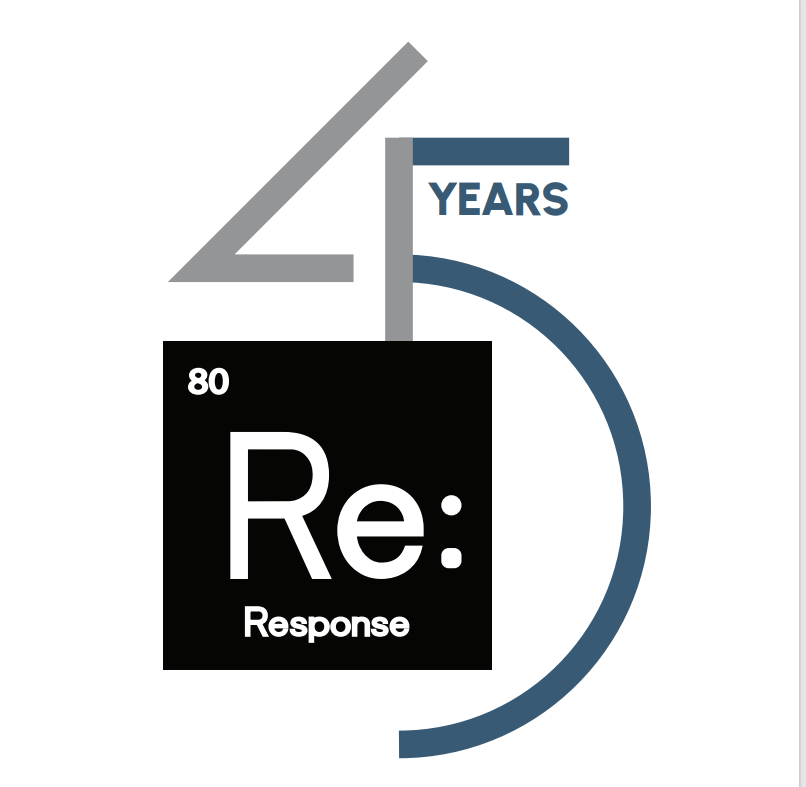Reevaluate Your Value Proposition
Raise your hand if you’ve ever signed up for an email program for the sole purpose of getting a welcome coupon. Then, a few months later, you unsubscribe because you got the coupon and the email content wasn’t relevant enough to keep you as a subscriber. Alternatively, maybe you’ve been enticed to click an ad to sign up for a brand’s CRM program, but once you get to the registration landing page, you decide it isn’t worth your time to hand over your information for one coupon.
It’s not a bad thing to offer a welcome coupon for signing up—quite the opposite, actually. A welcome coupon can be a great way to get consumers in the proverbial door. But, you also need to appeal to those who don’t care as much about saving $5 as they do about receiving valuable content from your brand. That’s where your value proposition comes in.
A Q4 2020 eMarketer survey of marketing leaders worldwide shows communicating value proposition better is the number one way they’re converting customers more effectively.

Arianne Berens, one of our copywriters, says, “A critical component of optimizing your form is a strong val prop crafted in a way to resonate with all those consumers who you want to turn into subscribers. Particularly with all the privacy concerns, you have to give them a solid reason to give their data; there must be a value exchange to get consumers to enter into a digital relationship.”
To start, think about what your brand can offer subscribers and what makes your brand stand apart from competitors. Maybe it’s personalized content, such as recipes tailored to their dietary preferences, tips to help them meet their specific fitness goals, or products relevant to their household makeup. After you establish all the reasons why someone would want to join your program, craft your form copy with an emphasis on the consumer—instead of “we’ll give you,” think more along the lines of “you’ll get.”
Take a Closer Look at Form Fields
As a refresher, we previously discussed reviewing each form field and asking, “Is this actionable?” If it isn’t, you should consider leaving it off because more fields mean more friction, resulting in fewer completes. If you’ve done this but still aren’t seeing the completion rate you want, there are a couple of options.
First, you could consider making some of your form questions optional. However, this may or may not help. Consumers will still see a plethora of questions and might be dissuaded from finishing the sign-up process because they either don’t have time or don’t want to provide your brand with all their data. A second and much more effective option is to tie the fields to the value proposition. Jennifer Streck, our VP of Client Strategy, shares “For instance, say your val prop promises consumers personalized recipes. Then, a question during the registration process of ‘What dietary preferences/restrictions do you have?’ makes perfect sense, and the consumer will understand why they’re being asked that question.

“If you think all the questions you’re asking are essential, you must make sure they relate back to your val prop. If not, the consumer may drop off because they believe your brand is trying to get data just for data’s sake.”
Tie Data Back to Business Metrics
You’ve optimized your form to increase completion rate. Now it’s time to optimize to improve the value of your CRM program. When marketers talk about the data collection side of things, we typically say ask for the data you will utilize. Most people immediately think of using it for segmentation, personalization, and targeting.
But, Streck says a second layer to data collection is creating baseline benchmarks to measure business metrics. “Think about it like this—if you know you’re trying to drive increased purchase or conversion of new customers, some of the questions you should be asking upfront are whether they’re currently using the product, how often they’re purchasing it, and which similar products they’re purchasing. This sets you up to do a longitudinal survey within 90 days, six months, whatever timeframe you decide is appropriate. The survey should have the same questions, and you’ll be able to see variances which can help you prove out business results by showing changes in behavior.”
Next Steps
When you start making improvements to your value proposition and form fields, you may discover it’s easier said than done. Don’t be afraid to test multiple versions to find what resonates best with your future subscribers. And if you have questions or need help optimizing the various elements, please reach out to us. We’d love to help.
















